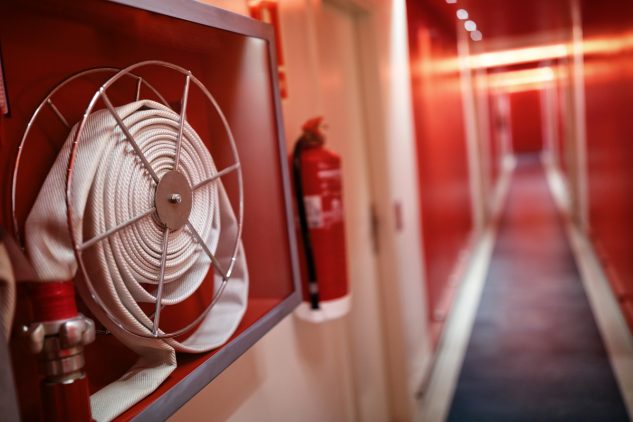Fire Protection vs. Fire Prevention
What is the difference between fire prevention and fire protection? Read on to learn more!
Fire protection and fire prevention are both essential to keeping you and your property safe but they are subtly different.
Fire prevention involves proactive steps taken to reduce fire hazards so that a fire does not have a chance to ignite. Fire prevention reduces these hazards through regular maintenance, inspection, and testing of the systems in your building. You should have regular maintenance and testing scheduled with a professional to keep systems in working order. Fire protection systems are a series of components that work together to detect fires and mitigate the negative impacts. Fire protection includes alarms, suppression systems, sprinkler systems, extinguishers, and any technology that allows you to alert people or monitor the fire.
Why you Need Fire Protection and Prevention
Do you have your heating system regularly inspected but don’t know the last time you’ve checked the fire extinguishers? If so, you are neglecting your fire protection and require fire protection services. Do you feel confident your building is up to code on the amount and location for fire alarms but your staff is not trained on fire prevention strategies? If so, you are missing an integral component of fire safety. Both fire protection and prevention are necessary for your safety and security. Fire prevention is essential to limit risks and reduce hazards that could potentially start fires. However, not all fires can be prevented and risks are almost never entirely eliminated. For that reason, fire protection is also necessary.
Fire prevention and fire protection are extremely important but can also be complicated with so many moving parts. That’s why it’s important to choose a fire protection service provider that is knowledgeable and experienced.
Source: https://www.marcofire.com/blog/difference-between-fire-protection-and-fire-prevention/
Waterline Controls™
Our level sensors and controls aren’t just for use in residential potable water holding tanks; some of the other applications include cooling towers, sump pumps, wastewater, boilers, water storage tanks, and building fire protection water tanks.

